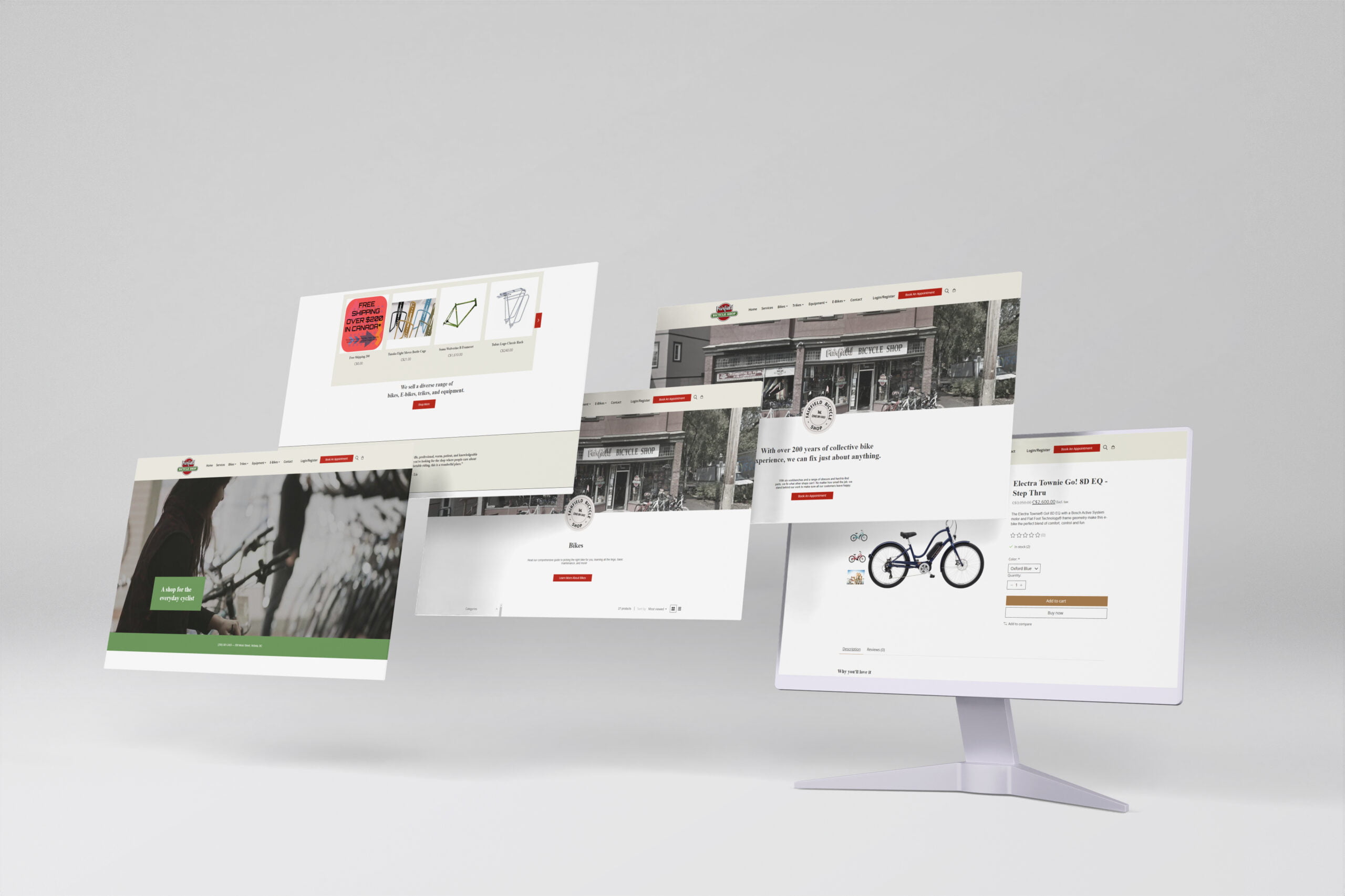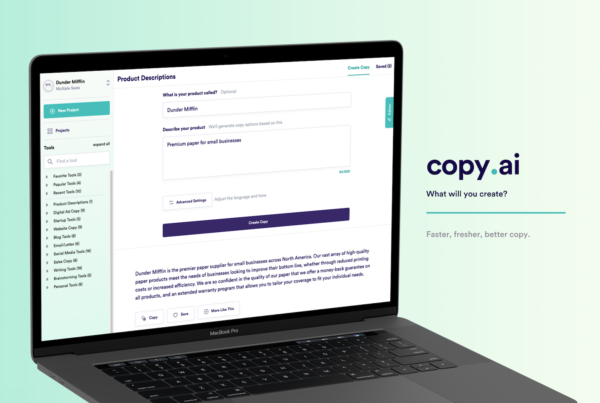Trending Keywords in Website Designing and How to Optimize Website Speed for Mobile in 2023
As the digital landscape continues to evolve, so does the importance of creating a user-friendly website. In recent years, there has been a growing emphasis on user experience (UX) as a key factor in the success of a website. In this blog post, we’ll take a closer look at what UX is, why it matters, and how website designers can create a great user experience for their users.
What is User Experience (UX)?
User experience (UX) is the overall experience a user has when interacting with a website or application. It includes everything from the website’s layout and design to the ease of use and functionality. UX also considers the emotions and feelings a user experiences when using the website, including frustration, satisfaction, and delight.
Why is User Experience (UX) Important?
User experience is a critical factor in the success of a website. It impacts user engagement, conversion rates, and even brand perception. A website that provides a great user experience is more likely to keep users on the site longer, encourage them to take the desired action, and ultimately lead to more sales or conversions.
On the other hand, a website that is difficult to use or provides a poor user experience can lead to user frustration, abandonment, and a negative perception of the brand. In fact, a recent study found that 88% of online consumers are less likely to return to a site after a bad experience.
How to Create a Great User Experience (UX)
Creating a great user experience is essential for the success of any website. Here are some key elements to consider when designing a website with UX in mind:
-
Website Speed
Website speed is a crucial factor in user experience. A website that takes too long to load will frustrate users and may cause them to leave the site. According to Google, more than half of all website visits are abandoned if the page takes longer than 3 seconds to load. Therefore, website designers need to focus on optimizing website speed to improve user experience.
There are several ways to improve website speed, including optimizing images, minifying code, leveraging caching techniques, and choosing a reliable web hosting provider. Additionally, designers can use Google’s PageSpeed Insights tool to identify areas of improvement and optimize website speed accordingly.
-
Website Design
Website design plays a critical role in user experience. A visually appealing design can draw users in and encourage them to explore the site further. In contrast, a poorly designed website can be confusing and frustrating to use, leading to high bounce rates and low user engagement.
When designing a website, designers should focus on creating a clean, organized layout with plenty of white space and a limited color palette. Bold typography and custom fonts can be used to make text stand out and create a unique visual style for the website. Designers can also use imagery and graphics to add interest and break up long blocks of text.
According to Hubspot, website design trends to watch in 2023 include immersive experiences, creative typography, and personalized content. These trends can help website designers create a unique and memorable user experience that stands out from the competition.
-
Navigation and Usability
Navigation and usability are key elements of user experience. Users should be able to find what they’re looking for quickly and easily, without having to click through multiple pages or menus. Designers can achieve this by using clear navigation menus, breadcrumb trails, and search bars
-
Content and Messaging
Finally, content and messaging play a critical role in user experience. Users want to find the information they’re looking for quickly and easily, without having to navigate through irrelevant content or confusing messaging.
-
Here are some external links to tools that can be used to optimize website speed
- Google PageSpeed Insights: developers.google.com/speed/pagespeed/insights
- GTmetrix: gtmetrix.com
- Pingdom: pingdom.com
- WebPageTest: webpagetest.org
- Cloudflare: cloudflare.com







